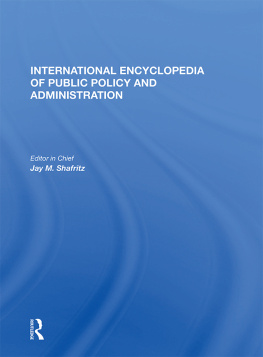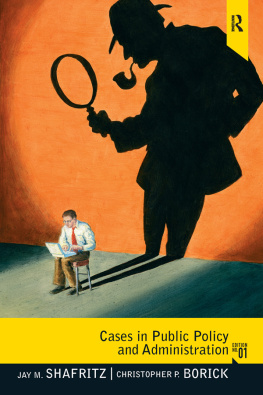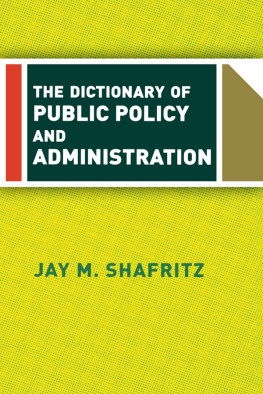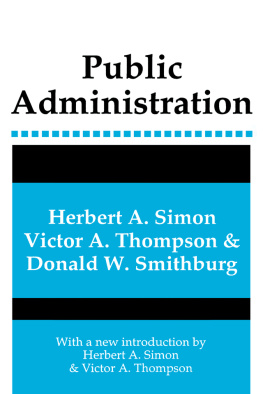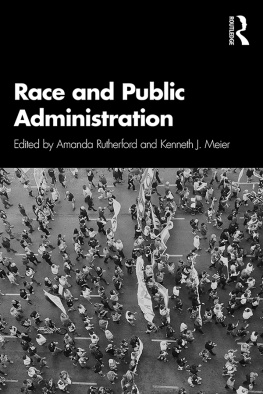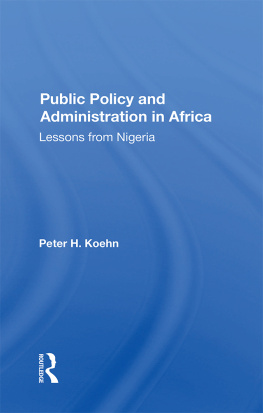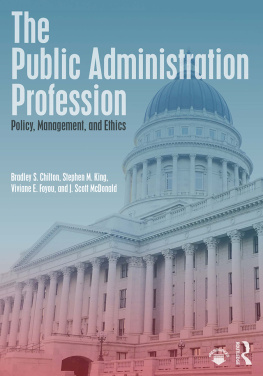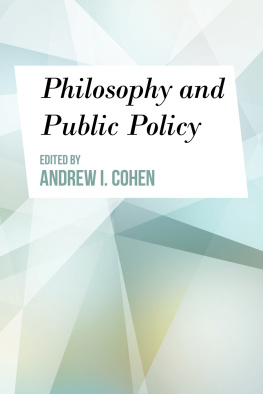Jay M. Shafritz - International Encyclopedia of Public Policy and Administration Volume 4
Here you can read online Jay M. Shafritz - International Encyclopedia of Public Policy and Administration Volume 4 full text of the book (entire story) in english for free. Download pdf and epub, get meaning, cover and reviews about this ebook. year: 1968, publisher: Westview Press, genre: Politics. Description of the work, (preface) as well as reviews are available. Best literature library LitArk.com created for fans of good reading and offers a wide selection of genres:
Romance novel
Science fiction
Adventure
Detective
Science
History
Home and family
Prose
Art
Politics
Computer
Non-fiction
Religion
Business
Children
Humor
Choose a favorite category and find really read worthwhile books. Enjoy immersion in the world of imagination, feel the emotions of the characters or learn something new for yourself, make an fascinating discovery.
- Book:International Encyclopedia of Public Policy and Administration Volume 4
- Author:
- Publisher:Westview Press
- Genre:
- Year:1968
- Rating:4 / 5
- Favourites:Add to favourites
- Your mark:
- 80
- 1
- 2
- 3
- 4
- 5
International Encyclopedia of Public Policy and Administration Volume 4: summary, description and annotation
We offer to read an annotation, description, summary or preface (depends on what the author of the book "International Encyclopedia of Public Policy and Administration Volume 4" wrote himself). If you haven't found the necessary information about the book — write in the comments, we will try to find it.
International Encyclopedia of Public Policy and Administration Volume 4 — read online for free the complete book (whole text) full work
Below is the text of the book, divided by pages. System saving the place of the last page read, allows you to conveniently read the book "International Encyclopedia of Public Policy and Administration Volume 4" online for free, without having to search again every time where you left off. Put a bookmark, and you can go to the page where you finished reading at any time.
Font size:
Interval:
Bookmark:
University of Pittsburgh
Pittsburgh, Pennsylvania
The American University
Washington, DC
Monash University
Melbourne, Australia
Katholieke Universiteit Leuven
Belgium
Penn State Harrisburg
Middletown, PA
Royal Naval College, Greenwich
United Kingdom
Tennessee State University
Nashville, TN
University of Missouri, Kansas City
Kansas City, MO
Rutgers, The State University of New Jersey
Newark, NJ
Institute of Public Administration
Riyadh, Saudi Arabia
Naval Postgraduate School
Monterey, CA
University of Utah
Salt Lake City, UT
University of Missouri, Kansas City
Kansas City, MO
University at Albany, State University of New York
Albany, NY
Cleveland State University
Cleveland, OH
St. Louis University
St. Louis, MO
Editor in Chief

52 Vanderbilt Avenue, New York, NY 10017
2 Park Square, Milton Park, Abingdon, Oxon OX14 4RN
Product or corporate names may be trademarks or registered trademarks, and are used only for identification and explanation without intent to infringe.
Jay M. Shafritz, editor in chief.
p. cm.
Includes bibliographical references (p. ) and index.
Contents: v. 1. A-C - v. 2. D-K - v. 3. L-Q - v. 4. R-Z, index.
ISBN 0-8133-9973-4 (vol. 1: hardcover: alk. paper). ISBN
0-8133-9974-2 (vol. 2: hardcover: alk. paper). ISBN
0-8133-9975-0 (vol. 3: hardcover: alk. paper). ISBN
0-8133-9976-9 (vol. 4: hardcover: alk. paper)
1. Public policyEncyclopedias. 2. Public administration
Encyclopedias. I. Shafritz, Jay M.
H97.I574 1998
351'.03dc21 97-34169
CIP
- ii
Font size:
Interval:
Bookmark:
Similar books «International Encyclopedia of Public Policy and Administration Volume 4»
Look at similar books to International Encyclopedia of Public Policy and Administration Volume 4. We have selected literature similar in name and meaning in the hope of providing readers with more options to find new, interesting, not yet read works.
Discussion, reviews of the book International Encyclopedia of Public Policy and Administration Volume 4 and just readers' own opinions. Leave your comments, write what you think about the work, its meaning or the main characters. Specify what exactly you liked and what you didn't like, and why you think so.

